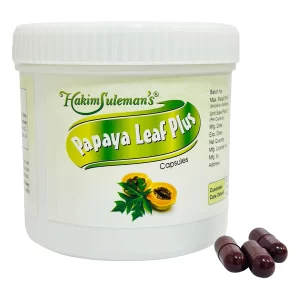Blood is made up of several types of cells. These cells float in a liquid called plasma. The types of blood cells are red blood cells, white blood cells, and platelets. When your skin is injured or broken, platelets clump together and form clots to stop the bleeding. When you don’t have enough platelets in your blood, your body cannot form clots.
Symptoms
- Severe bleeding
- Uncontrollable bleeding
- Red, purple, or brown bruises
- Rashes with small red or purple dots
- Nosebleeds
- Bleeding gums
- Prolonged or unstoppable bleeding from wounds
- Heavy menstrual bleeding
- Bleeding from the rectum
- Blood in the stools
- Blood in the urine
- Internal bleeding
- Headaches
- Neurological problems
Causes
- Bone marrow problems
- Anaemia
- Vitamin B-12 deficiency
- Folate deficiency
- Iron deficiency
- Viral infections
- Exposure to chemotherapy, radiation, or toxic chemicals
- Consuming too much alcohol
- Cirrhosis
- Leukaemia
- Platelet destruction
- Enlarged spleen
- Pregnancy
- Bacterial infection in the blood
Prevention and Precautions
- Avoid heavy drinking
- Avoid contact with toxic chemicals
- Avoid self-medication
- Vaccination
Lifestyle and Dietary Tips
- Eat foods containing folate
- Eat foods containing B12
- Eat probiotics
- Eat a balanced diet of fresh food
- Eliminate processed and sugary foods
Home Remedies
- Papaya and papaya leaves
- Pumpkin and its seeds
- Lemon juice
- Amla (Indian gooseberries)
- Beet root
- Wheat grass
- Vitamin C
- Aloe Vera juice
- Spinach
- Sesame oil
- Beet root
- Red guavas
- Avoid alcohol
- Get proper amount of sleep
Our Suggestion
Showing the single result

